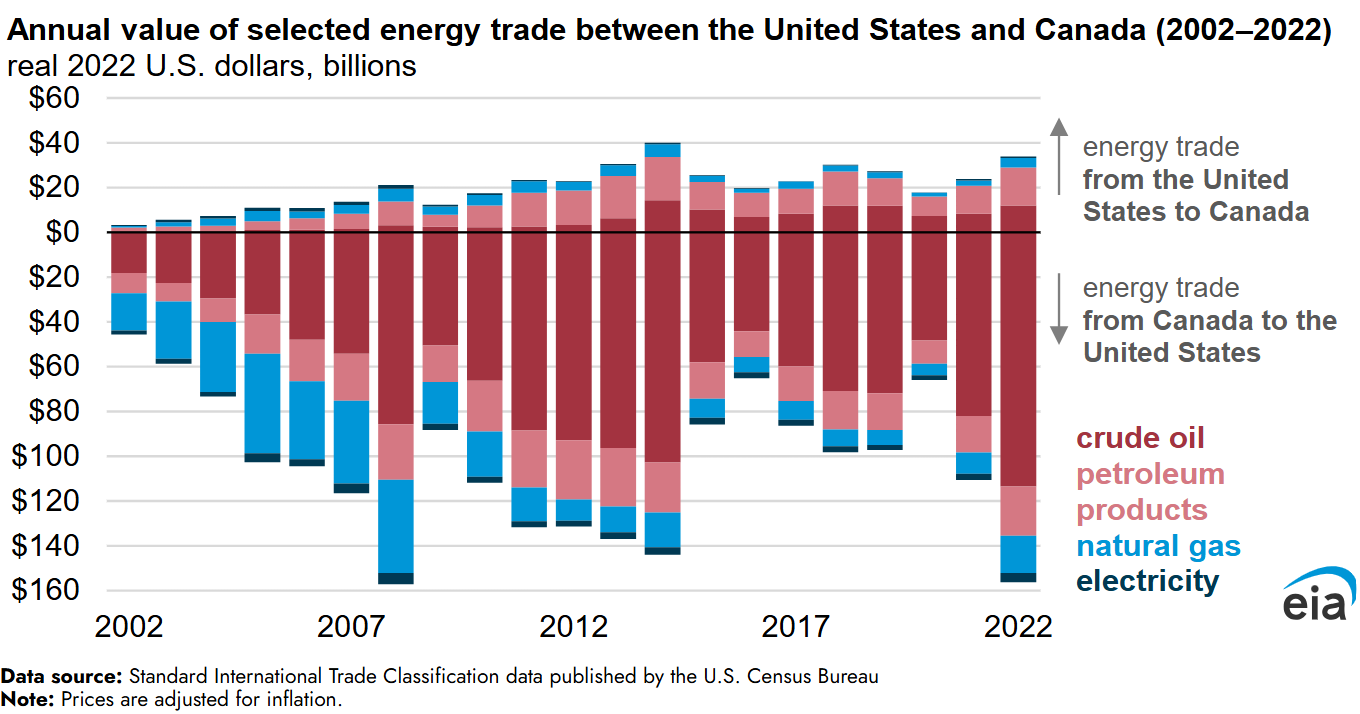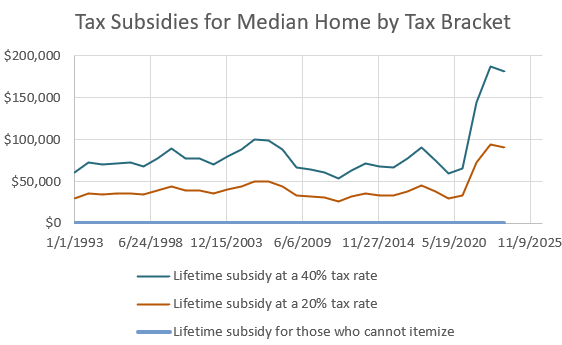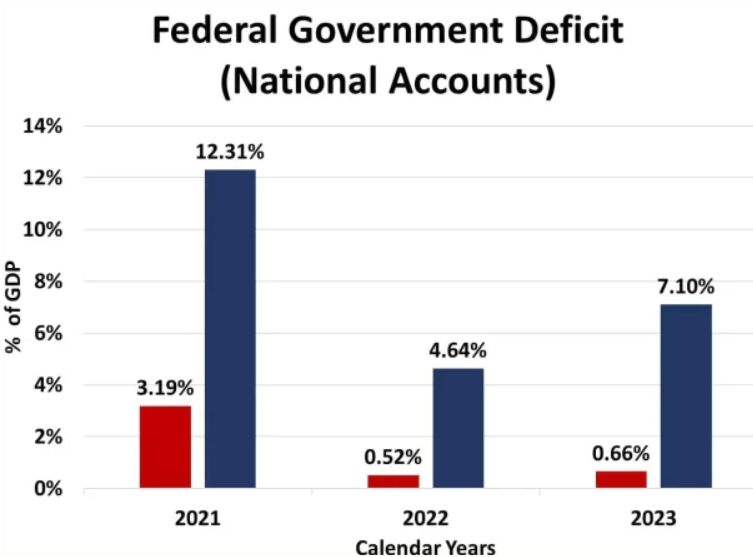Colin Read • June 19, 2022
The Other Shoe - June 19, 2022

Diagram from: International Monetary Fund, Interest Rates, Discount Rate for United States [INTDSRUSM193N], retrieved from FRED, Federal Reserve Bank of St. Louis; https://fred.stlouisfed.org/series/INTDSRUSM193N, June 18, 2022.
The Other Shoe, June 19, 2022
When we imagine the ocean, we see a tranquil Pacific, with blue sky as far as the eye can see.
But when we look at the ocean, we realize we are in the eye of a hurricane, a perfect storm, with the sea black and the water roiled.
We can avert our eyes no longer. For too long, and for political convenience, we have stimulated demand beyond any ability to spend, and, in turn have created an asset bubble, in housing, in the stock market, and, if fortune truly favors the bold, in crypto. Many of whom Nobel Prize winning economist Paul Krugman may label as satisfying the greater fool paradigm now find that they cannot withdraw funds they thought they were saving in alternative crypto banks such as Celsius. We are now experiencing the digital equivalent of broad-based bank failures as greed and hope replaced financial prudence.
At any given time, there are but a limited amount of true investments. After all, a past column clarified that investment by definition is deferred consumption today knowing that today’s delay in gratification will be rewarded with greater consumption tomorrow.
For true investment to occur, there must also be the potential for true and honest future production of new consumables. These better mousetraps, more efficient or less wasteful production, smoother and better supply chains are all on the supply side. Investment stimulates supply and hence provides the ability to demand and consume more tomorrow.
But, when money flows into markets with nothing more to buy, or no new opportunities for investment, inflation and speculation occur. Then, the Federal Reserve and Central Banks must step in.
I often lament about the inability in our nation to coordinate fiscal and monetary policy to ensure that one does not zag as the other zigs. The Fed really only has one ultimate trick up its sleeve - to reduce construction, investment in new production, and interest-sensitive consumption by raising interest rates. If these components of aggregate demand are excessive, the Fed has no power to control them directly. All they can do is make such purchases more costly, and hence discouraging spending by consumers and producers.
Their tool, the increase in interest rates, also causes an influx of global capital seeking such a higher return, and hence drives up our exchange rates as well, which further reduces aggregate demand by reducing exports.
The Fed does not try to manage such aggregate demand for political convenience. Indeed, when the Fed acts, politicians are inevitably inconvenienced.
Sometimes, the Fed’s taking away of the punchbowl is because it must counteract forces beyond national control, such as escalating costs of energy in the early 1970s, and escalating wages in the late 1970s. Sometimes, the Fed must reduce by billions and trillions aggregate demand that had been increased by billions and trillions by politicians, as we are witnessing now.
Either way, the medicine is painful, regardless of who caused the inflationary disease of too much cash and wealth chasing too few goods and services.
When Federal Reserve Chairman Arthur Burns felt he could wheel-and-deal away supply-shock turned expectations-augmented inflation in the 1970s, it took Paul Volcker to replace him and inject into the economy painfully tight monetary medicine. We have been wheeling and dealing for some time again, first with talk that the Fed is too sophisticated to allow out-of-control inflation, then with talk that, if there is an inflation, it will be transitory, then with the belief that we can pilot a soft landing for the economy.
But, a time comes when we must put away childish things and realize that adulthood is difficult. We are at that juncture now. Increasingly, people are realizing that the way to bring down inflation, especially when it goes so far as to change our expectations, and hence institutionalize inflation, is to induce pain.
You have witnessed the highest inflation since 1981 and the highest jump in the Federal Reserve’s discount rate since 1994. What you have not heard is that the discount rate was already approaching 6% back in 1994. We have a long and painful way to go.
This unfortunate but inevitable pain then comes in higher unemployment, reduced employment growth, and eventually in negative economic growth. Two such quarters of such negative growth is, by definition, a recession. Many economists believe we are headed that way. Some believe we are already there.
When I say pain, I don’t mean pain broadly shared. A bear market financially hurts small time savers and retirees. This time around, it is unsophisticated speculators who fell for the “Fortune Favors the Brave” mantra and now realize foolishness means living with their parents longer. Rising prices hurt those who consume most all of what they earn. In other words, the pain is inflicted on all but the wealthy. Indeed, we found that the wealthy come out farther ahead in the years following the Great Recession.
If the Fed’s necessary goal, in the absence of any tools that can actually augment supply, is to reduce aggregate demand, then those who must translate almost all their income into spending are hurt the most. Those who actually spend very little of their abundant income don’t share in that pain.
This pain is unnecessary, though. Inflation must be stopped because we see in every case what damage runaway inflation does to a modern economy. But, inflation only occurs when demand outstrips supply, as your college Eco 101 course may have taught you. If only supply could be augmented rather than demand reduced, we can also mitigate inflation.
The Fed does not control the ropes that pull those levers though. Its only tool is demand side.Good fiscal policy designed to induce true efficiencies rather than pad a few pockets is very effective.
This is not the “Supply Side Economics” that President Reagan peddled, though. His notion was to give money back to taxpayers in the belief they would invest it in the true sense described above. Instead, then as more recently, taxpayers generally spend or speculate with “free money” rather than invest.
The opposite is true during a depression. Then, consumers refuse to spend, and hence a better case can be made, according to Keynes, for government-sponsored spending. Better yet, what we saw in the Great Depression was not the fiscal policy of today, which is typically in the form of checks in the mail, but instead in the Hoover Dam (a project fostered by the true supply-sider President Hoover) and the Works Progress Administration (WPA) projects designed to improve the national infrastructure.
It would be great if we all could zig with the Fed. And, it would be transformational if we categorized every Federal program based on whether it was trying to stimulate demand or whether it was producing a permanent improvement in efficiency.
You see, these permanent efficiency improvements, such as an enhancement of our electricity grid, replacement of fossil fuel-based energy, modernization of our supply chains, augmentation of worker productivity through more education and better technologies, and even the attainment of economies of scale in child care and health care, are gifts that keep on giving. But, they are also gifts that simultaneously enhance demand too since improvements in supply mean construction and energy sector jobs, the need for more teachers, child care workers and health care practitioners.
We can, but rare do, have the best of all worlds. But, it requires us to put away childish ideas and get on with true and bipartisan economic leadership. A wise former congressman suggested to me and a few others that the present administration could call for a summit between the executive branch and the Republicans plus one in the Senate. The goal would be to put politics aside and determine what can in the short run mitigate the looming economic pain and, in the long run, sow the seed of economic prosperity.
That is the right thing to do. It is probably also doomed to fail. But, if we are all going down, and some quite literally politically, then, once we have exhausted every other possible move, maybe the time is right to at least try to do the right thing.
I actually believe that our economy can have a soft landing and actually set up market-based economies for a generation of productivity improvements and prosperity. Only some countries seem to have the trust in leadership to set aside immediate interests and do what can provide the greatest good for the greatest number of people. I don't think we can muster the leadership and cooperation to do the right thing, though. And no country can really do it entirely alone. Our economies are just too intertwined for any of us to insulate ourselves from the follies of all of us.









